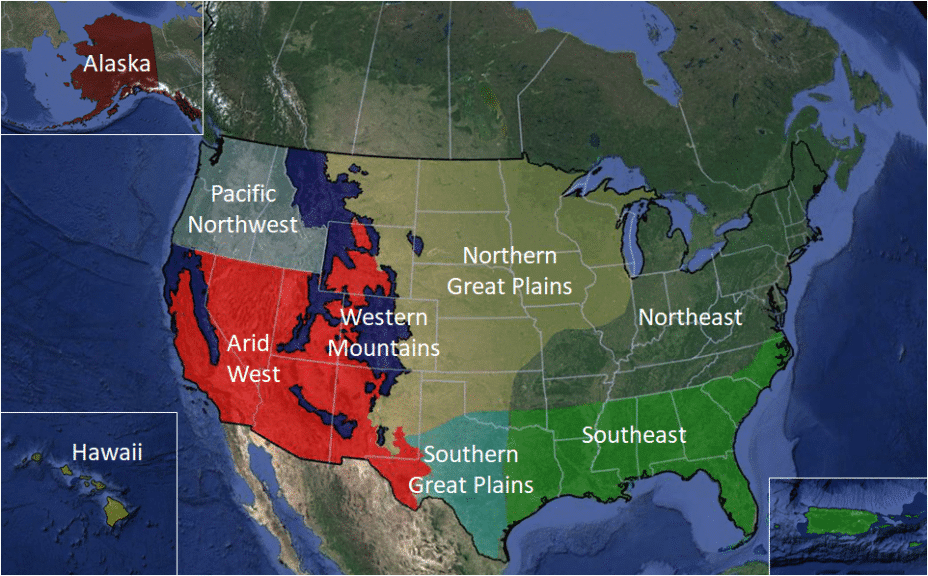Wetland Wednesday
July 29, 2020
This week we will discuss how to organize an online class. It is important to engage the student early on and having an organized outline of what the student should expect is key. In addition, we want to make the class feel as real as possible which includes several interactive tasks.
First you need to decide what sort of timing you are going to offer your students. Is the class on-demand or is it a schedule class? Will there be any specific time the student needs to log in or is it flexible? Are there specific tasks that need to be completed by any date?
There are two common formats for an online class. One is a topics format and the other is a weekly format. The topics format schedule is drive by mastery of a specific topic. Whereas the weekly format tracks progression on a weekly schedule.
Both formats have their uses. Most on-demand classes favor the topics format. The approach is to allow the student to work in any order so long as the complete all the topics. The challenge with this type of format is two-fold. First, if the topics naturally build on each other then you need to suggest an order in which they are done and be very clear about it. Second, the flexibility of the schedule can prove to be a challenge for the students. Having the freedom to work on the class without a schedule requires a great deal of self-discipline. Oftentimes the students will start the class in a great flurry of activity only to never finish. Others will procrastinate and never really get started.
To counter the on-demand concerns requires that an instructor check in with the students periodically. We have heard from students that they really appreciated the gentle nudge to keep them on track. Without this reminder they would have likely not completed the class.
The weekly format as the name suggests lays out a weekly schedule. Each week there are activities with due dates. The instructor is a bit more forceful in the reminders and will contact the student if an assignment is missed.
The class will have a specific start and end date and a way for the student to see their progress. If the student is falling behind, the instructor should contact them to seem what remedial cations can take place. This usually takes the form of a class time extension.
The ideal online class will simulate the classroom experience while at the same time affording the luxury of a flexible attendance schedule. To do this there needs to be interaction between the instructor and the other students. This can be accomplished a number or ways.
The classic Zoom meeting has become quite popular in online learning. Personally, I do not like it for group instructional purposes. At issue is the need to all be logged in at the same time which defeats the flexible schedule concept. It also provides an opportunity to run into any number of technical challenges with audio and video working, internet connectivity, barking dogs, etc. Doing a live presentation falls apart quickly if your students run into IT issues and they will.
Zoom or others (we use Big Blue Button – BBB) is great for one-on-one instructional meetings. This can be used to clarify a topic or help with a technical issue. We have tried to offer instructor office hours using BBB only to find student schedules were in conflict. In response, we now use BBB for a scheduled on-on-one meetings with much success.
To capture the student to student or student to instructor discussions we use a forum post. Each week we post a topical prompt and the students respond to the prompt and to each other’s posts. The posts are asynchronous, or time shifted so the post and reply are not in real time. This offers great flexibility and the conversions can take place anytime.
Each week we also offer a recorded presentation similar to a classroom lecture. We have found that a PowerPoint presentation with an audio narration is quite effective. However, they are very time consuming to produce. Typically, it takes 8-hours to produce 1-hour of content. However, the time is well spent and the videos we produce are pretty good.
We try to avoid a lot of online reading. We will include a copy of the presentation slides. These are useful for taking notes on while watching the presentation. Online reading of documents in lieu of a video presentation is a shortcut, but it tends to make for a very boring class. You might as well just by a book on the topic.
We will include a weekly assignment that may require writing, photography, map making, or other internet search work. These are intended to match the presentation and are a demonstration of the students’ mastery of the topic. These may even include work in the field.
Lastly, there are tests. These should be structured so that the Learning Management System (LMS) can grade them. There are a number of test question formats that go beyond multiple choice and we try to use these where we can. Ideally, the instructors should not have to grade these manually. The students should also be given a few tries at the test with the highest score being the only one that counts.
Next week we will go over a few odds and ends on ways to improve the quality of student submissions and a few other value-added online features.

